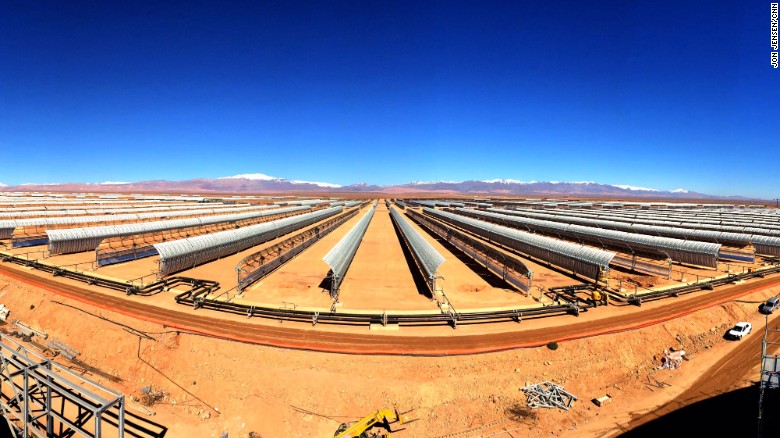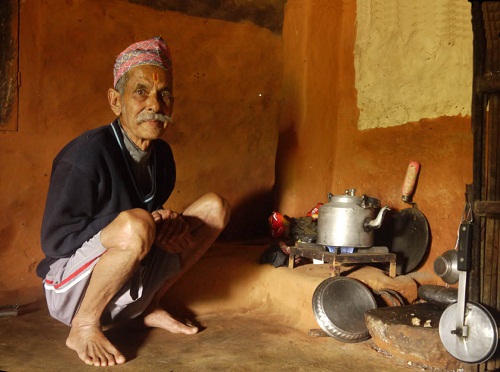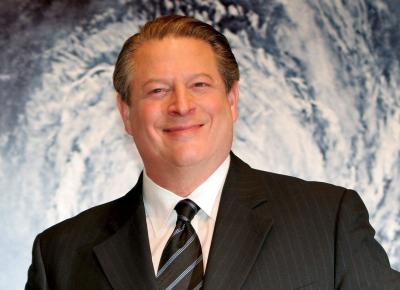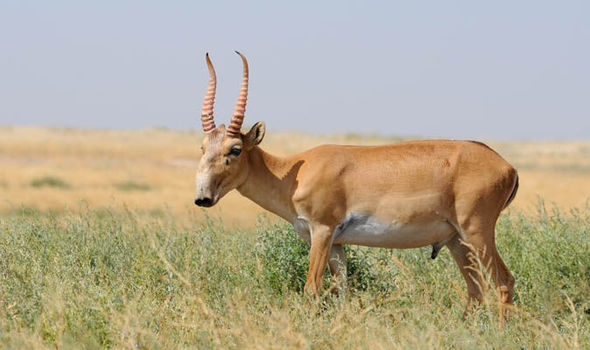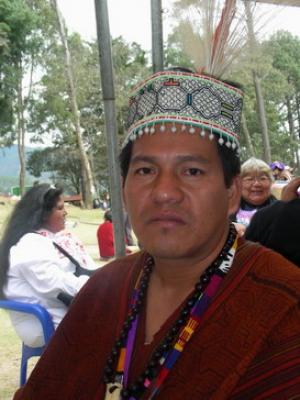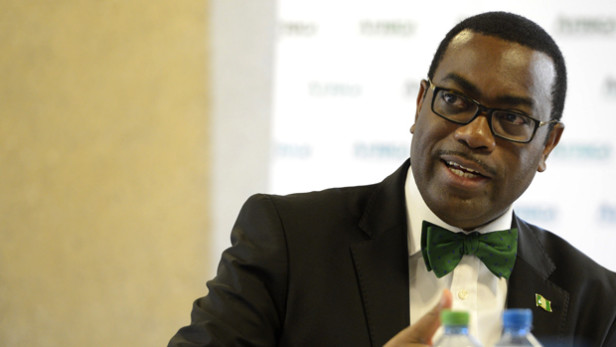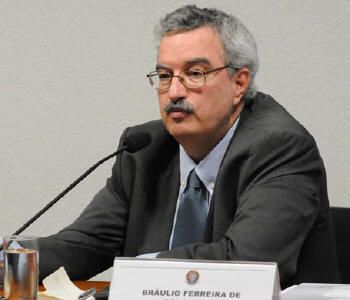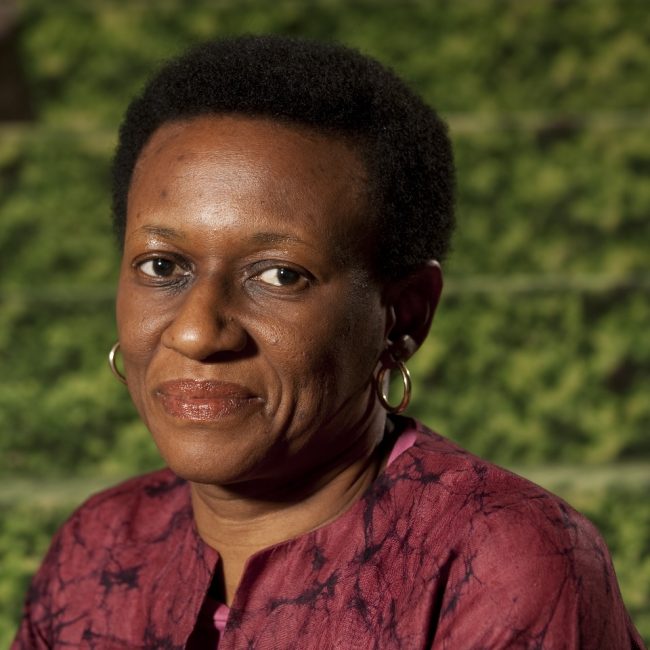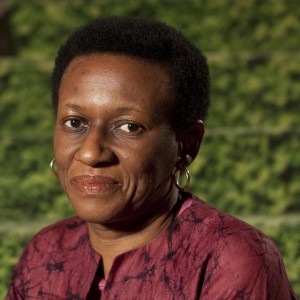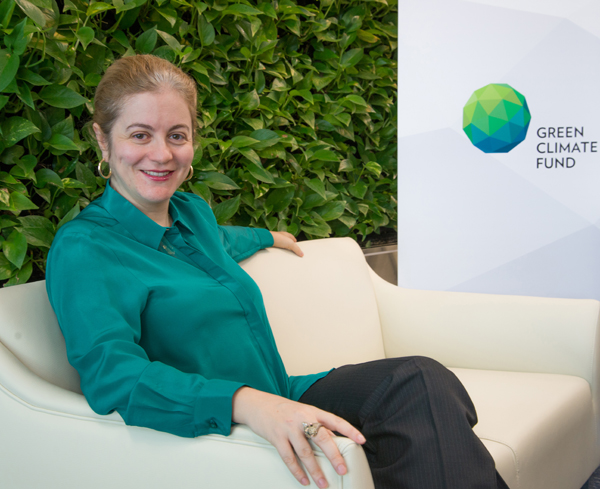The Egba Economic Summit, a socio-economic group in Ogun State, has called on the Federal Government to resume the on-going reconstruction of the Lagos-Ibadan Expressway and prevent it from deteriorating further.
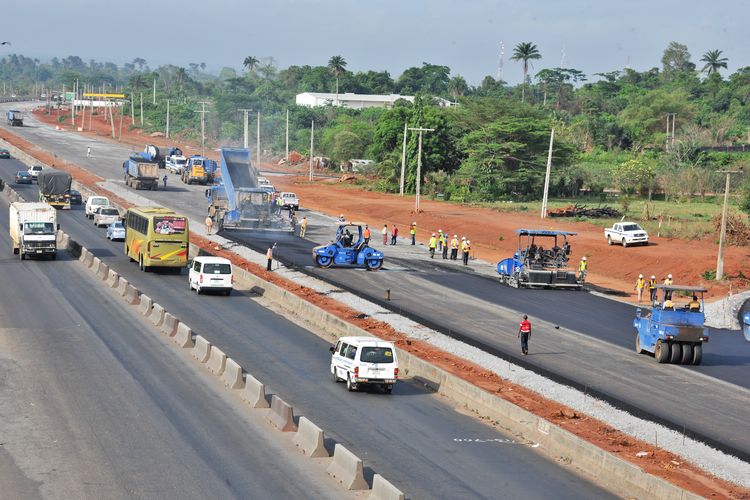
The Lagos-Ibadan road is being redeveloped at a cost of N167 billion. The Lagos-Sagamu stretch of the road is being redeveloped by Julius Berger while the Sagamu-Ibadan axis is being handled by RCC, but work on both sections ceased when the President Muhamadu Buhari administration began.
President of the Egba Economic Summit, Mr. Ayobami Biobaku, said in a statement on Wednesday that the Federal Government should recall the contractor handling the Lagos-Sagamu interchange stretch of the road to improve economic activities in the area and to reduce the agony of the people who use the road.
He added that it was also important for the Ogun State Government to contract a construction company to do palliative rehabilitation of some sections of that road that have deteriorated since the main contractor left the site.
Biobaku said, “We noticed that the contractor has moved out of site, leading to dilapidation of the road to the deplorable state it was in about two and a half years ago. The bad road adversely affects the socio-economic life of our people and negates the purpose of reconstructing the road.”
He added that good roads were indispensable to the economic growth of any community where they are built.
The deplorable state of the road, according to him, has made it difficult for the state government to carry out some developmental projects in that axis of the state, because it is important for there to be coordinated flow of infrastructure from the expressway to the inner roads.
He said the government plans to develop that area of the state, which hosts mostly industries but has been unable to do so in the last four years because of slow pace of work on the expressway that has eventually ground to a halt.
Biobaku said it was now very difficult to predict travel time on that road, adding that travel time between the former toll gate at the Lagos end and the Sagamu interchange, before work on the road got stalled, was barely 30 minutes but that presently it could take between one and three hours to cross that same stretch.
He said the traffic is made bearable by officers and men of the Federal Roads Safety Corps who are always there to ensure there is traffic flow.
At the start of work on the road, former president, Goodluck Jonathan, said basic infrastructure, particularly roads belonging to the federal, states or local governments are meant for the use and benefit of the generality of all Nigerians.
“All of us belong to the Federal Republic of Nigeria and we are free to reside in any part of the country.
“My belief is that, whether a project is delivered by the federal government or the state government or local government, what Nigerians need is basic infrastructure.
“Therefore, good partnering by all the tiers of government, federal, states and local governments and good spirited individuals will make us deliver the dividends of democracy to our people.
“And I assure you that we will continue to work together,” he said.
“With over 250,000 vehicles plying the road daily, the road is an important economic artery that connects the nation’s economic nerve centres,” he added.
“It a major link to the important nerve centres to evacuate goods and ease movement of people.
“The infrastructure is of great socio economic importance, not only to Nigeria but also to the people of Africa,” he said.

